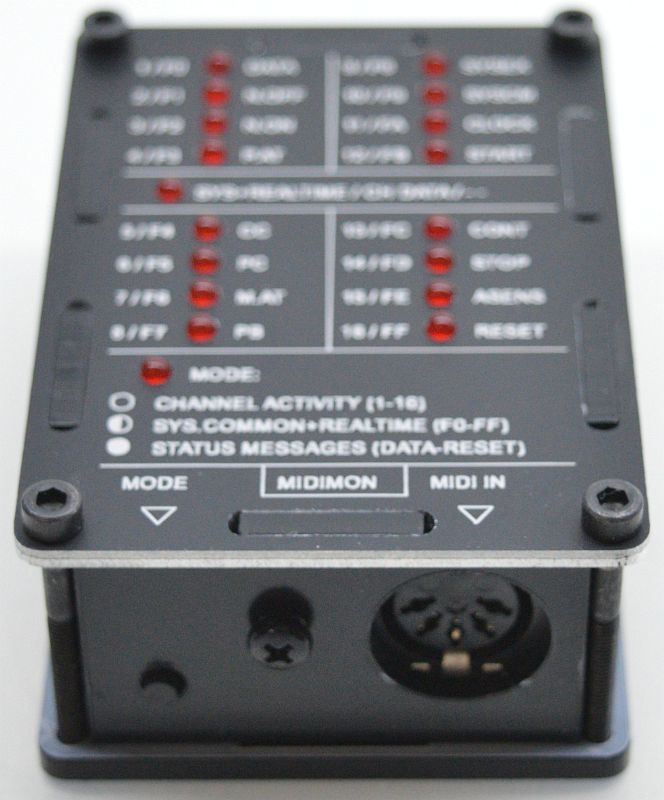
We can now play our external hardware instrument via MIDI. We’ve also selected the appropriate MIDI and input channels. We’ve selected CRAVE as the MIDI destination (remember, it’s USB so this will show up in the list of MIDI devices). The app will insert the current timecode with the touch of a single hotkey into your Word processing document, allowing.
#Midi monitor windows movie
This allows you to make notes, set markers or reminders in realtime, while reviewing your video and movie content.
#Midi monitor windows pro
In the example below, we’ve added an External Instrument device to a MIDI channel. TimeCode Monitor Pro allows you to grab the current time with a hotkey while it is running in the background.

We’ll get into this in a future article.) In this situation, it may sound fine but things will be recorded out of sync. (Compare this to monitoring on an audio channel recording from an external source. Because of this, you can be sure that what you’re monitoring is going to be in sync with the sounds coming out of your DAW. This is because the External Instrument device adjusts for any latency in the system and compensates for it. While there are a number of different ways to work with MIDI and audio in Ableton, this is the most convenient. We’re going to use the External Instrument device for this.

Note that latency can be present in both MIDI and audio, and whether your connections are DIN cables, audio cables, or USB. The audio goes out to a mixer, into a patchbay, and then into a first-generation Focusrite Scarlett 8i6 on inputs 1 and 2. First, we’ll use a Behringer Crave controlled by MIDI over USB. Now that we have things optimized for latency as best we can, let’s get some hardware involved and try recording some MIDI and then audio. While this inconsistency is part of its charm, it can also be a major headache. Hardware – particularly old hardware – is not very precise at all. Additionally, different pieces of equipment introduce varying amounts of lag. It takes time for audio to be changed into digital for use in the computer, and then back into audio for playback on speakers and headphones.

However, once you start bringing outside audio and MIDI into this environment is where things get tricky. For the end-user, we don’t experience any lag at all as the DAW adjusts everything for us. The DAW delays all your tracks by the amount of time it takes to perform this function, ensuring everything stays in time. Limiter lookahead, for example, isn’t accomplished by magically seeing into the future. Some are very small, while others, like limiters, add quite a bit. Plugins all have differing amounts of latency that they add to a signal. Also called lag, latency is “the time it takes for (a) signal to enter the computer, then travel through the software and back out through your speakers or headphones,” according to Ableton.


 0 kommentar(er)
0 kommentar(er)
